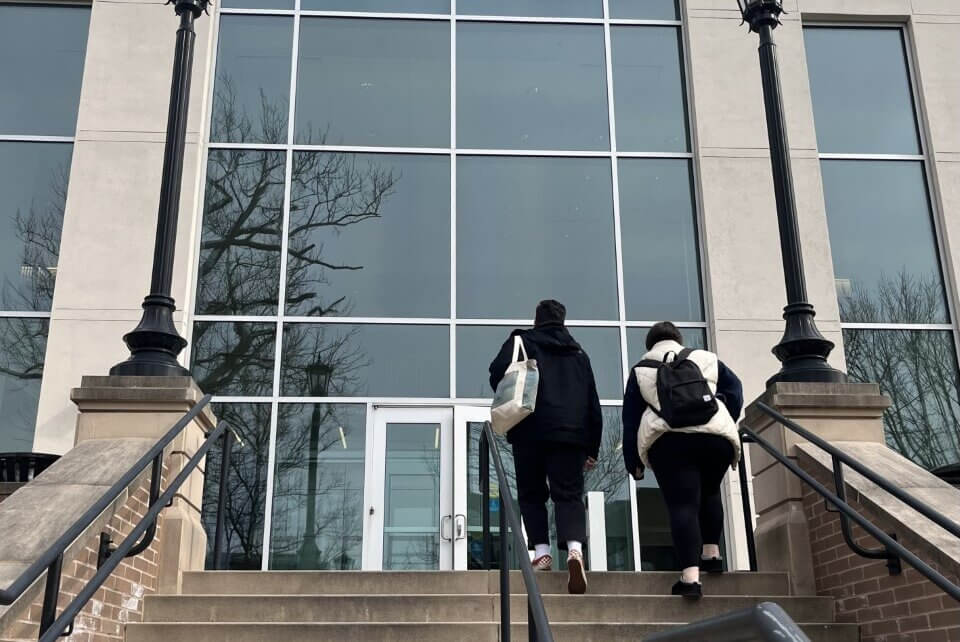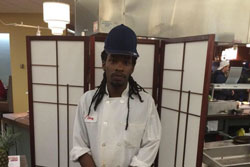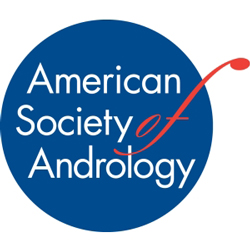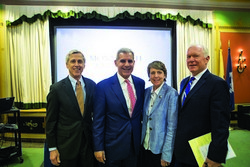The Outlook has new, correct information regarding the minor chemical spill that took place on Thursday, Jan. 26 in the Edison Science Building.
It was confirmed by Jason Adolf, Ph.D., Professor in the Biology Department, that the chemical involved in the spill was concentrated hydrochloric acid. As reported in last week’s article, “hydrochloric acid is . . . a toxic, corrosive substance that ‘can cause burns to all body tissues, lung damage, and even death in extreme cases.’”
However, the individual involved in the incident was not a current student but a former one, Erin Conlon, Community Science Coordinator for the Urban Coast Institute.
Adolf informed, “Erin Conlon is an employee who works on a project called, the Coastal Lakes Observing Network (CLONet), run out of my lab. [She] graduated Monmouth University in 2020 and now works here and essentially runs the program. [Erin] is an experienced laboratory and field worker dating all the way back to when she was an undergraduate in our department.”
According to Adolf, Conlon was moving around bottles of acid in a storage cabinet when one of them broke, cutting her hand. This resulted in about 2.5 liters of concentrated hydrochloric acid spilling onto the floor, some of which spilled on Conlon’s skin and clothing.
The Outlook inaccurately reported that Conlon was unsupervised at the time of the spill. “I [Adolf] was in the adjacent room with other students when I heard the glass break and came into the lab. Erin got herself to the sink and was holding her cut hand under running water and seemed OK for the moment, so I ran down the hall to get Anne Marie Lavin or Tricia Hicks, the Biology Dept. Laboratory supervisors, to let them know we had an emergency,” explained Adolf.
He continued, “They notified the University and took Erin across the hall to a separate lab to get her clothes off and run water on the acid-exposed areas while we waited for first responders.”
The incident took place around 3:30 p.m. Students and faculty were unable to return to their classrooms and offices for approximately one hour. Pamela Scott-Johnson, Provost and Senior Vice President for Academic Affairs, announced that classes would resume as scheduled beginning at 4:30 p.m.
During that hour, the Monmouth University Police Department (MUPD), local fire department, and a professional hazmat team arrived on scene to assess the situation.
Michael Wunsch, Director of Compliance and Risk Manager, recalled the way the University handled the series of events, “I received the call of the spill and injured employee. Immediately upon hearing of the news, I contacted the police department; consequently, Fire/EMS/county Hazmat were dispatched.”
He elaborated, “I went to the scene and secured the area along with MUPD and Facilities Management Fire/Safety. Noticing the chemical odor emanating from the room, I immediately contacted Facilities HVAC to shut down the air circulation. We evacuated the building. Our biology employees cared for the injured employee until EMS arrived. Finally, Hazmat arrived and took care of the spill.”
“The University has multiple protocols in place to respond to these incidents. On the Compliance side, we have our Emergency Action Plan, as well as our Hazard Communication Plan. MUPD also has a Hazardous Materials Response plan. I feel the University handled the series of events extremely well,” said Wunsch.
“Accidents can happen even when you’re doing everything right and least expect it. I was impressed by the MU response to this emergency, from the first responses of our Biology Department lab supervisors, Anne Marie Lavin and Tricia Hicks, MUPD, Mike Wunsch’s team coordinating with hazmat, and even the follow up from HR and our custodial staff next day. Erin is back at work and doing fine now,” added Adolf.
Joseph, Coyle, Ph.D., Interim Dean for the School of Science and Professor of Mathematics, concurred, “I had just left campus about 30 minutes before the incident. I was impressed with how well organized the communication was in terms of what was happening.”
“Safety and prevention of accidents is of course important, but it’s equally important to know what to do and who to contact if an accident does happen,” concluded Adolf.




